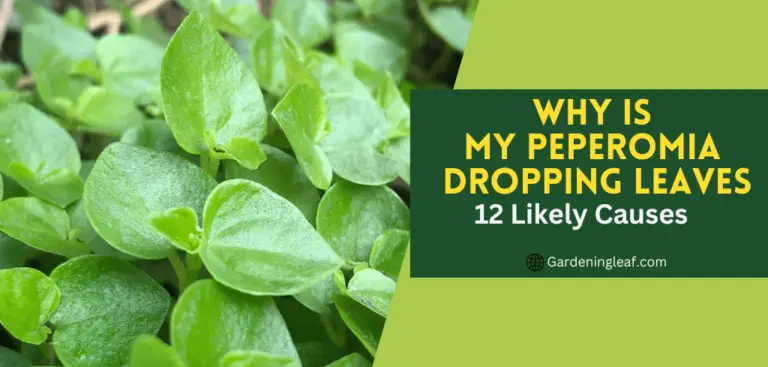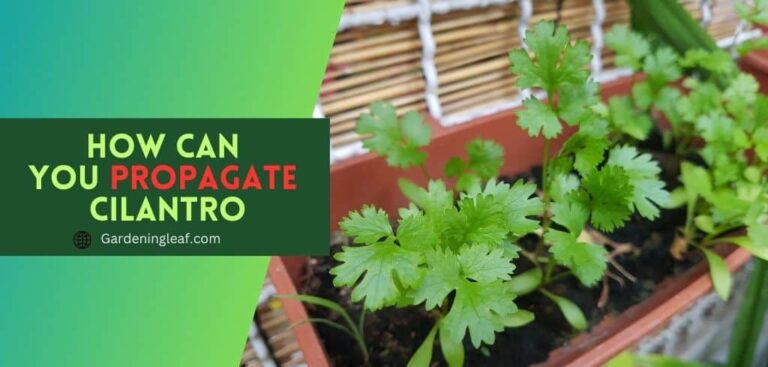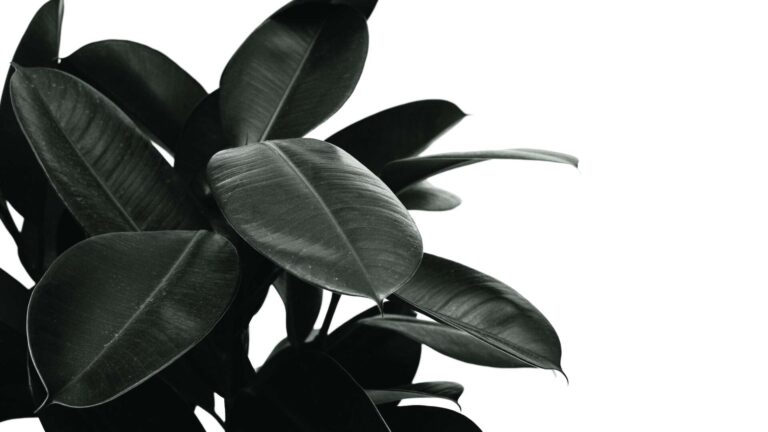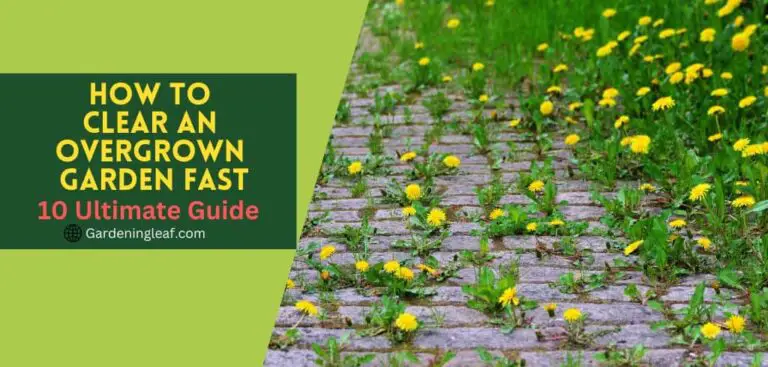Discover the Truth: Does Moss Die in Winter?

If you love gardening, you might have had this question pop into your mind every year as winter approaches “Does moss die in winter?”. Mosses are delicate creatures, and their behavior in winter can be quite confusing. In this blog, we will uncover the truth about mosses in winter. We will dig deep into their lifecycle, how they survive, and the myth surrounding their green color. So, if you’re a gardening enthusiast or curious about moss science, you will discover many truths that are still unknown to you.
Does Moss Die in Winter?
Moss is a resilient plant that can survive harsh winters. Unlike many other plants, moss does not hibernate or dorm in winter. But instead adapts to the challenging climate by going into survival mode. Although moss doesn’t reproduce in winter due to lack of daylight, it can survive and even thrive.
Mosses survive in some of the world’s harshest climates. It includes the Arctic and Antarctic. Due to their ability to enter a state of dormancy, Mosses can survive in such extreme environments during periods of unfavorable environmental conditions. During these periods, mosses become desiccated or dried out, which allows them to survive until conditions become favorable again. Also, mosses have a low surface area-to-volume ratio. Which reduces their susceptibility to drying out and allows them to conserve water more effectively.
Mosses are adaptable during winter. Their resilience is demonstrated by their ability to keep color and continue to grow, even in sub-zero temperatures. Overall, it is safe to say that moss does not die in winter but has adapted to survive in harsh winter conditions.
Read More:- Moss Lawn Pros and Cons- Professional Conclusion
Does Moss Stay Green in Winter?
Moss can stay green in the winter. But it depends on the moss species and the environment in which it grows.

Some moss species survive in cold temperatures And can remain green and active even in the winter. Other moss variants go dormant or brown in cold temperatures or low sunlight during winter.
Some moss variants stay green in winter because they can photosynthesize at lower temperatures. Then many other plants. Additionally, mosses can keep moisture and nutrients within their cells, which helps them to survive in cold, dry conditions. At the same time, most of the moss may not always stay green in winter.
Is moss regenerated after the winter?
Moss can regenerate after winter months if it has gone dormant during the colder months. Mosses are non-vascular plants that tolerate harsh environmental conditions, including freezing temperatures.
During winter, many mosses will enter a dormant phase. Where they reduce their metabolic activity to conserve energy. It protects itself from freezing temperatures.
When spring arrives and temperatures rise, the dormant mosses will begin to regress. They do this by producing new growth from existing structures.
Such as the rhizoids or stems, or by producing new structures altogether. The new growth may start as small shoots that develop into larger structures. Or it may appear as new clumps of moss that emerge from the surrounding substrate.
It’s important to remember that not all mosses regenerate the same way. Some may not survive the hard winters at all. Factors such as sunlight, moisture, and nutrients available can also affect moss regeneration.
Read More:- Coir Pole Vs Moss Pole: Which one is Better for Gardening?
What is the Lifespan of Moss?
Mosses are fascinating living organisms. They survive for centuries in different weather and climatic conditions. Lifespan from 2 to 10 years, depending on the species. Still, they can multiply and spread seeds around an area, eliminating a set lifespan.
Mosses can survive in extreme climate conditions and don’t need water or sunlight to grow. They have been on the planet for at least 450 million years. Mosses will likely stay around for another 1000 years.
Mosses typically grow in the autumn and winter seasons. But can dry up during the summer months when exposed to too much sunlight.
Does Moss Go Dormant?
Yes, moss does go dormant. During the winter, moss goes dormant. As temperatures fall and levels of light drop. During this period, moss growth slows or stops, and the moss may appear dead. But, with the return of warmer temperatures and more light, the moss will resume growth.
What factors can affect the survival of moss during the winter season?
The survival of moss during the winter can be affected by many factors. During the winter, moss goes dormant. As temperatures fall and levels of light drop. Moss prefers shade or indirect sunlight and temperatures between 40-50°F (4-10°C). Low humidity can cause moss to dry out and become brittle.
At the same time, high humidity can cause moss to become waterlogged and suffocate. Moss also needs enough water to stay hydrated. So it is important to ensure the moss can access water throughout the winter.
Read More :- How to Keep Moss Pole Moist: 10 Awesome Tips
What signs indicate whether moss is dead or alive during the winter?

Signs that say whether moss is dead or alive during the winter include:
- Color changes: Dead moss will usually turn gray or black, while live moss will maintain its green hue.
- Lack of movement: Moss may curl, turn brittle, or appear lifeless if dead.
- New growth: If moss is still alive during the winter, it may sprout new growth, indicating that it is still alive.
- Presence of animals: Moss is often home to small invertebrates such as springtails, indicating that the moss is still alive.
How can you protect moss during the winter?
To protect moss during the winter, the following steps should be taken:
- Ensure the moss is located in an area with indirect, filtered sunlight.
- To help protect the moss from the cold, apply a small covering of mulch or straw.
- Water the moss, but ensure it is balanced.
- Prune the moss back to encourage new growth in the spring.
- Fertilize the moss with a balanced fertilizer once per season.
When Is the Best Time to Apply Roof Moss Killer?
Moss killer should be applied to a roof or moss lawn when the moss is flourishing during dry weather. This occurs in early spring or late summer. When the weather is favorable, there is sufficient moisture for moss growth.
Applying before it releases spores. So apply moss killer early in the year when the temperature is still low. Doint applies in wet or rainy weather. The solution may be washed away before it has a chance to work. Applying moss killer during hot and dry weather can also be ineffective. The moss may be dormant and not actively growing.
Moss killer can be toxic to plants and animals. So it is important to avoid applying it near gardens or water sources. Always wear protective equipment, including gloves and goggles, to avoid skin or eye discomfort.
Conclusion
In conclusion, Does Moss Die in Winter? Mosses are hardy bryophytes that can survive the cold winter months. At the same time, some mosses may die during this time of year. Others can go dormant and reduce their metabolic activity until conditions become more favorable. Mosses have adapted to survive in harsh environments. by producing antifreeze-like compounds and tolerating periods of low moisture and sunlight.
As the weather warms up. These resilient plants can regenerate and contribute to the greenery and biodiversity of their habitats.
While mosses may not be as visible as other forms of vegetation during winter, they are important to many ecosystems and can continue to thrive throughout the year.







